We're constantly moving dust from one place to another, only to have it replaced by more dust - entropy always wins
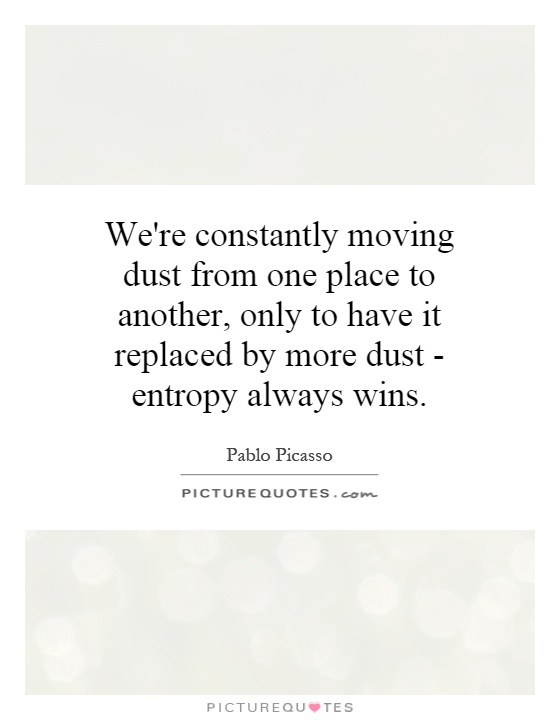
We're constantly moving dust from one place to another, only to have it replaced by more dust - entropy always wins
Pablo Picasso, one of the most influential artists of the 20th century, was known for his innovative and groundbreaking approach to art. His work often reflected the chaos and disorder of the world around him, and the concept of entropy was a recurring theme in his art.Entropy, the idea that systems tend towards disorder and chaos over time, was a concept that fascinated Picasso. He saw the constant movement of dust from one place to another as a metaphor for the inevitable decay and destruction that all things must face. In his paintings, sculptures, and other works, Picasso often depicted scenes of disarray and fragmentation, reflecting the idea that nothing is permanent and everything is subject to the relentless march of time.
One of Picasso's most famous works, Guernica, is a powerful example of his exploration of entropy. The painting, which depicts the horrors of the Spanish Civil War, is a chaotic and fragmented composition that conveys the sense of destruction and disorder that war brings. The figures in the painting are distorted and broken, their bodies twisted and contorted in agony. The entire composition is a jumble of shapes and forms, reflecting the chaos and violence of war.

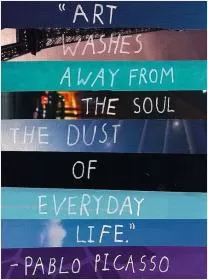

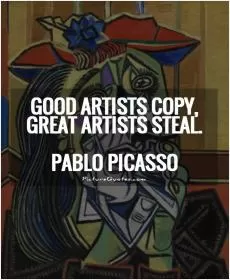
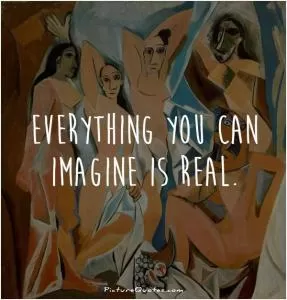
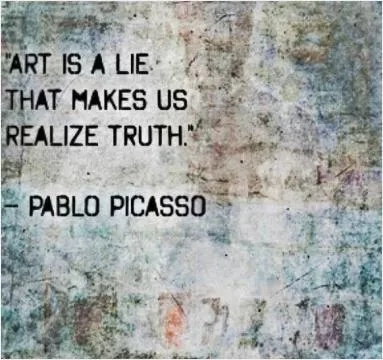


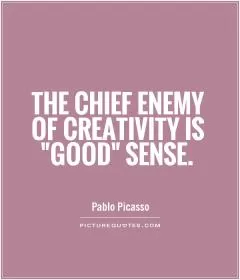

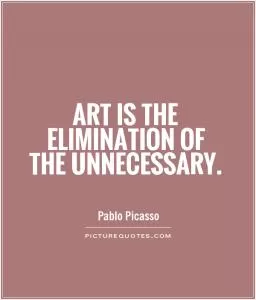

 Friendship Quotes
Friendship Quotes Love Quotes
Love Quotes Life Quotes
Life Quotes Funny Quotes
Funny Quotes Motivational Quotes
Motivational Quotes Inspirational Quotes
Inspirational Quotes